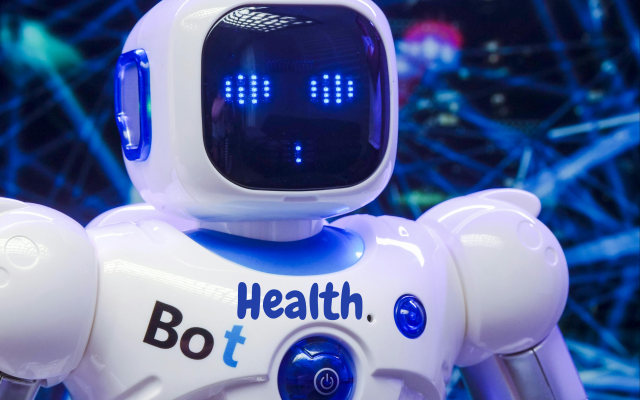1 min.
In the sixties, Enea was the first Italian operator to experiment with robotic technology to avoid exposing humans to radiation. Today, although the agency is busier in the energy sector, it is investing resources to research the intelligent behaviour amongst groups of robots. The objective is to develop autonomous or distance-controlled robotic systems, operating individually or in cooperation with other robots or humans, to work in hostile or inaccessible environments.
Elisa Amorelli has interviewed Claudio Moriconi, Director of the Enea Robotics Laboratory and Security Manager.
Communication is one of the most difficult issues in the marine environment. Enea is experimenting with various robotic prototypes to monitor sea beds and coastal areas. Information will be available on three submarine robots (Venus, Tessa and Sara) at the RomeCup exhibition area.

Venus

SARA - Autonomous Robotic Submarine for the Antarctic

TESSA - Stereoscopi Submarine Head



